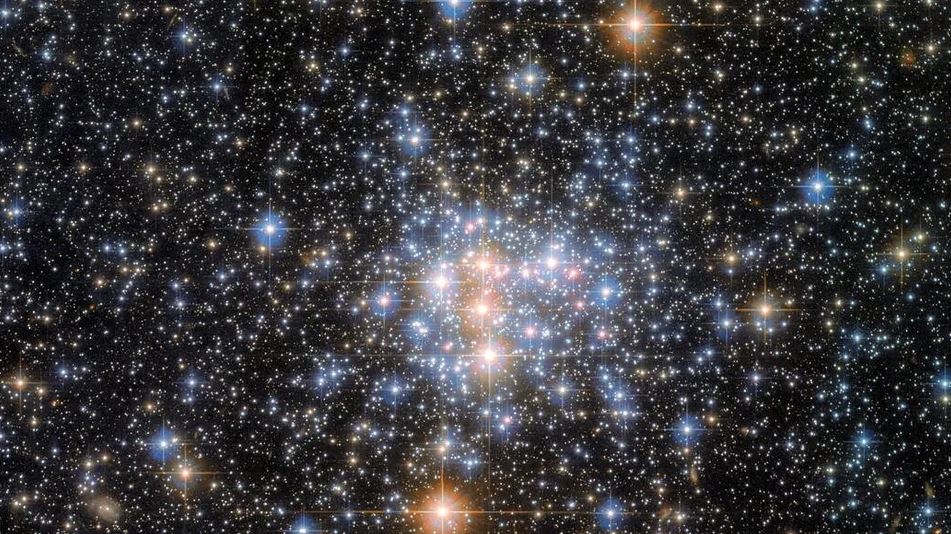Calibration Frames in Astrophotography: The Ultimate Guide
Astrophotography is a challenging but rewarding hobby that allows us to capture stunning images of the night sky. However, capturing high-quality images requires more than just a good camera and telescope. Calibration frames are an essential tool for astrophotographers, as they help correct for imperfections in equipment and capture accurate and detailed images of the night sky. In this blog post, we'll explore the different types of calibration frames used in astrophotography and provide tips on how to use them effectively.
Dark Frames
Dark frames are images taken with the lens cap or telescope cover on, with the same exposure settings as your light frames. These frames capture the thermal noise and hot pixels in your camera sensor. This noise is then subtracted from your light frames during post-processing, resulting in cleaner and more accurate images.
It's important to take dark frames at the same temperature as your light frames, as the amount of thermal noise can vary depending on the temperature. Dark frames are especially important for longer exposures, as the amount of thermal noise increases with exposure time.
Bias Frames
Bias frames capture the electronic noise in your camera sensor. They are taken with the shortest possible exposure time and with the lens cap or telescope cover on. Bias frames are used to subtract electronic noise from your light frames, resulting in cleaner and more accurate images.
Bias frames are usually taken in batches of 10-20 frames, and the average of these frames is used for calibration.
Flat Frames
Flat frames are used to correct for vignetting and dust on your camera sensor or telescope optics. They are taken with a uniformly illuminated surface, such as a white t-shirt, and with the same exposure settings as your light frames.
Flat frames are usually taken in batches of 10-20 frames, and the average of these frames is used for calibration. It's important to take flat frames at the same focus and orientation as your light frames, as vignetting and dust can vary depending on the position of the camera or telescope.
How to Use Calibration Frames
Taking calibration frames can be a time-consuming process, but it's essential for producing high-quality astrophotography images. Here are some tips on how to use calibration frames effectively:
- Take calibration frames at the same time and temperature as your light frames.
- Take at least 10-20 frames for each type of calibration frame to ensure accurate calibration.
- Use software such as DeepSkyStacker or PixInsight to stack and calibrate your images.
- Experiment with different exposure times and ISO settings to find the best settings for your camera and telescope.
Conclusion
Calibration frames are an essential tool for astrophotographers, as they help correct for imperfections in equipment and capture accurate and detailed images of the night sky. Dark frames, bias frames, and flat frames are the three main types of calibration frames used in astrophotography. By taking the time to capture and use calibration frames, you can produce stunning images of the universe and uncover its mysteries.
Remember to take enough calibration frames, store them in a safe place, and use the right software for your needs. With the right equipment, techniques, and a little bit of practice, you can capture stunning images of the night sky and discover the beauty and mystery of the universe.
More Astrophotography Topics:
- Astrophotography Equipment for Beginners
- Astrophotography for Beginners
- Best Camera for Astrophotography
- Best Telescope for Astrophotography
- Best Telescope for Deep Space Astrophotography
- What Equipment Do I Need for Astrophotography
- Astrophotography Camera Settings
- Astrophotography Image Processing
- Night Sky Astrophotography Tips
- Milky Way Astrophotography Tips
- Beginner Deep Sky Astrophotography Targets
- Astrophotography Setup for Beginners
- Astrophotography Tips for Beginners
- Astrophotography for Dummies
- Astrophotography Image Editing Software
- Astrophotography Focusing Techniques
- Best Astrophotography Star Tracking Mount
- Best Beginner Astrophotography Targets
- Best Image Stacking Software for Astrophotography
- Best Narrowband Astrophotography Targets
- Astrophotography Targets by Month
- Good Widefield Astrophotography Targets
- GIMP Astrophotography Plugins
- Flat Frames Astrophotography
- Bias Frames Astrophotography
- Dark Frames Astrophotography
- Dithering Astrophotography
- What is Astrophotography
- Starnet Astrophotography
- Star Tracker Astrophotography
- Best Astrophotography Books
- Astrophotography Setups Under $2000
- Best Phone Tripod for Astrophotography
- Best ISO for Long Exposure Astrophotography
- Removing Brown Tones Astrophotography Images
- Best Focal Length for Deep Space Astrophotography
- Best Guide Scope for Astrophotography
- Do I Need a Guide Scope for Astrophotography
- Astrophotography Targets by Focal Length
- Astrophotography Binning
- Astrophotography Exposure Time
- Bortle Scale
- Tripod Position

